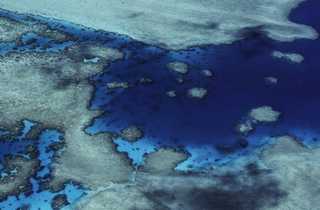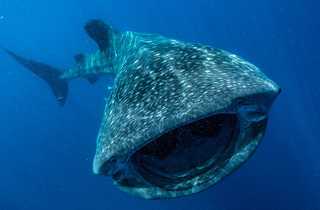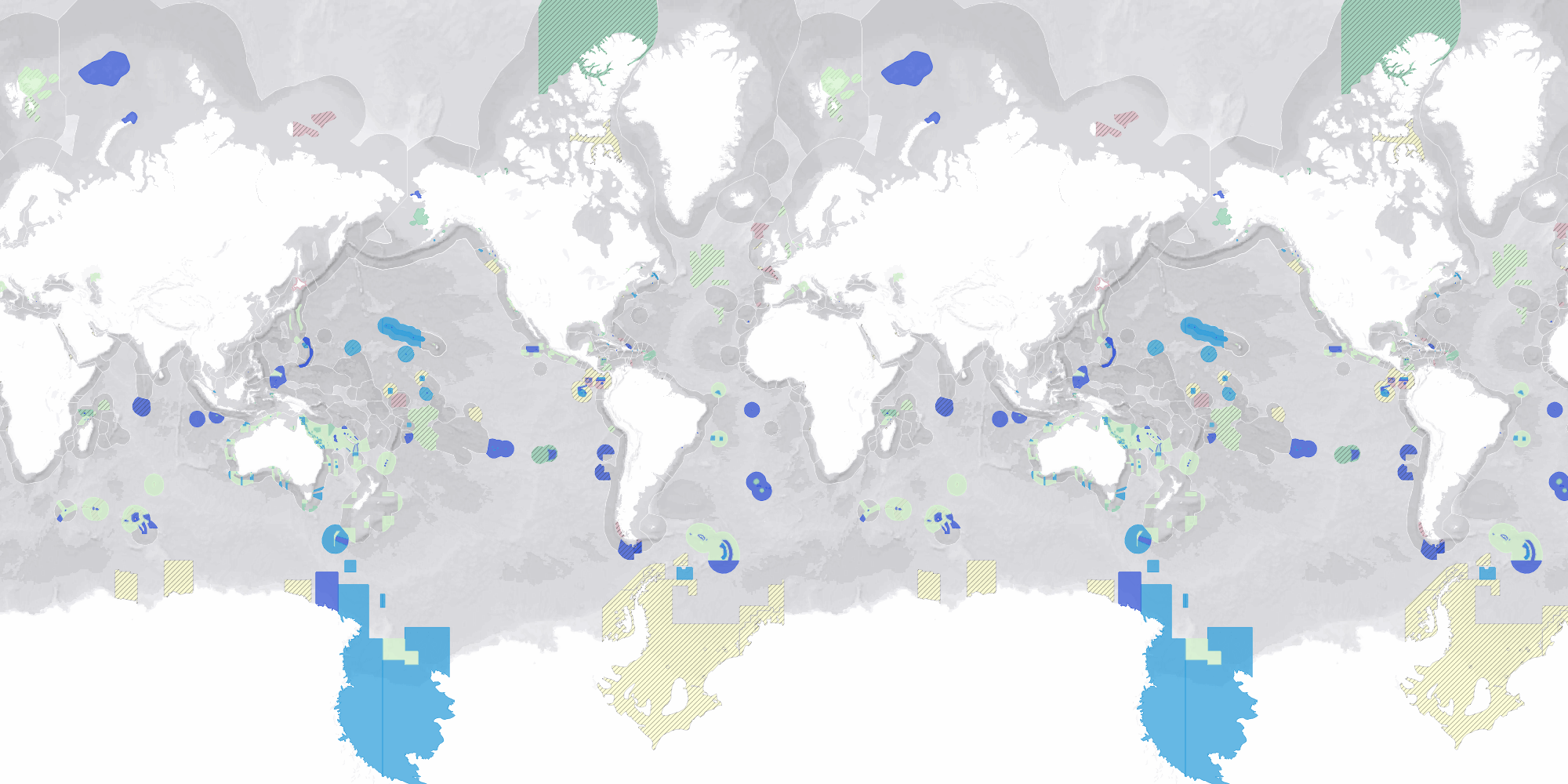
The Marine Protection Atlas (MPAtlas) is building a comprehensive global database of marine protection to identify, track, and advocate for fully and highly protected areas.
MPAtlas uses The MPA Guide's science-based framework to identify marine protected areas Stage of Establishment and Level of Protection, which are linked to expected conservation outcomes. MPAtlas shows how much of the ocean is currently fully or highly protected, highlights where MPAs are not yet implemented on the water, and much more. By focusing on the quality, in addition to the quantity, of marine protection, MPAtlas supports international progress toward effective marine conservation.
The MPAtlas assessment database is continually growing and will be regularly updated when new assessments are available. For visualization and data analysis, our assessment data is linked to geospatial boundaries from the World Database on Protected Areas and other sources. The dataset does not contain boundaries for all global MPAs, only those that have been assessed.
The MPA Guide: a framework to achieve global goals for the ocean
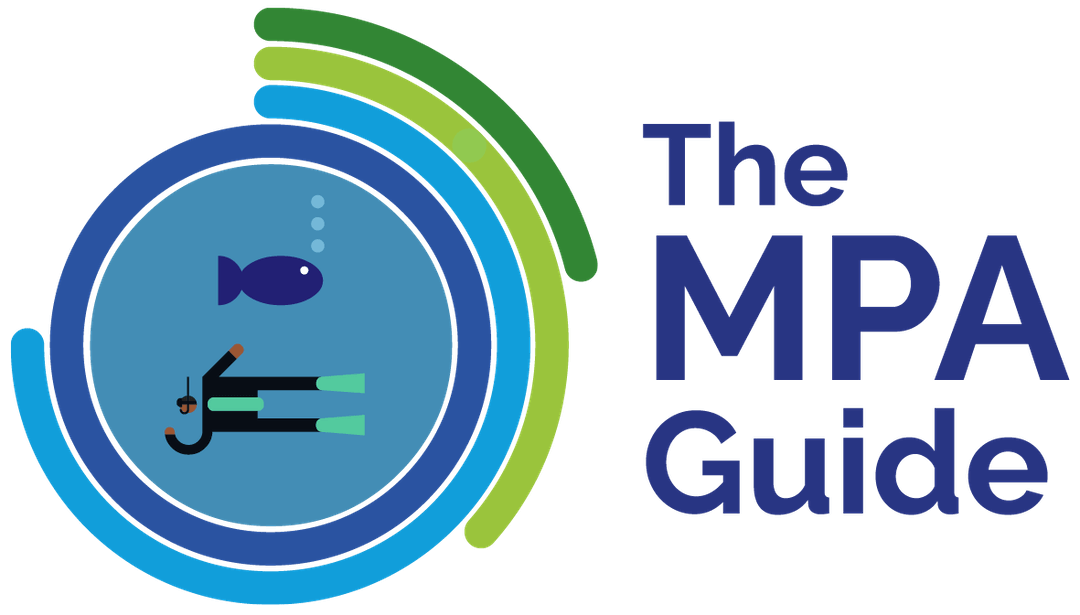
The MPA Guide is a groundbreaking science-driven, policy-relevant framework to categorize marine protected areas and link their outcomes for nature and people.
Assess
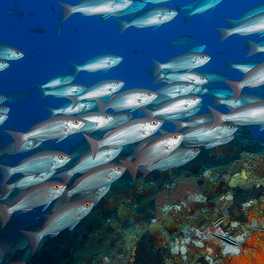
We use science-based frameworks to assess the Stage of Establishment and Level of Protection of MPAs across the globe, creating quality metrics that supplement the official World Database on Protected Areas reporting.
Collaborate
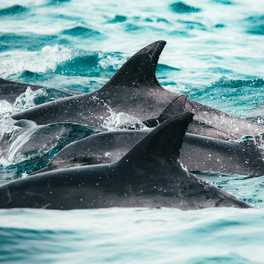
We partner with conservation organizations, scientists and governments to apply science-based frameworks to MPAs globally
Report
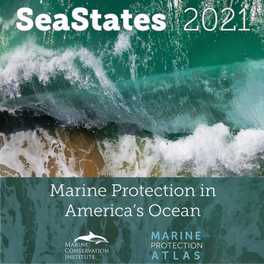
We use our data to track and visualize fully and highly protected MPAs around the world. We contribute our data to conservation research as well as produce our own global and regional reports on MPA progress.
MPA Guide assessment of marine protection
The MPA Guide provides a scientific framework for categorizing MPAs using consistent criteria based on establishment stage and protection levels that reflect the conservation benefits they provide. It is intended to motivate more meaningful protection and can be used by governments and MPA planners to better understand how the regulations of their MPAs relate to conservation outcomes. Learn more.
9.3%*
of global ocean area has been assessed using The MPA Guide
- Actively Managed: Management of the area is ongoing with periodic review and changes made as needed to achieve conservation goals.
- Implemented: MPA is acknowledged to be "in force" on the water with plans for management activated.
- Designated: MPA is established / recognized through legal or traditional means, with defined boundaries and clearly stated goals and processes to define allowed uses and associated regulations or rules to control impacts.
- Proposed / Committed: The intent to create an MPA is publicly and formally announced.
- Fully Protected: No extractive or destructive activities are allowed; all abatable impacts are minimized.
- Highly Protected: Only light extractive activities are allowed, with all other abatable impacts minimized.
- Lightly Protected: Some protection exists but moderate to significant extraction and impacts are allowed.
- Minimally Protected / Incompatible: Extensive extraction and other impacts are allowed, but the site may provide some conservation benefit to the area.
Largest marine protected areas

Blue Parks
Blue Parks aim to unite a global ocean refuge system of effective MPAs that covers 30% of the ocean to safeguard marine biodiversity. The Blue Park Criteria are science-based standards for conservation effectiveness, which provide blueprints for effective MPAs and a framework for evaluating the biodiversity benefits of MPAs. By awarding MPAs that meet the Blue Park Criteria, the Blue Parks initiative incentivizes and accelerates effective marine protection.
Learn more about Blue Parks.
27
marine protected areas have received Blue Park Awards.
These areas cover roughly 11% of the total marine protected area in the world.
Blue Parks criteria:
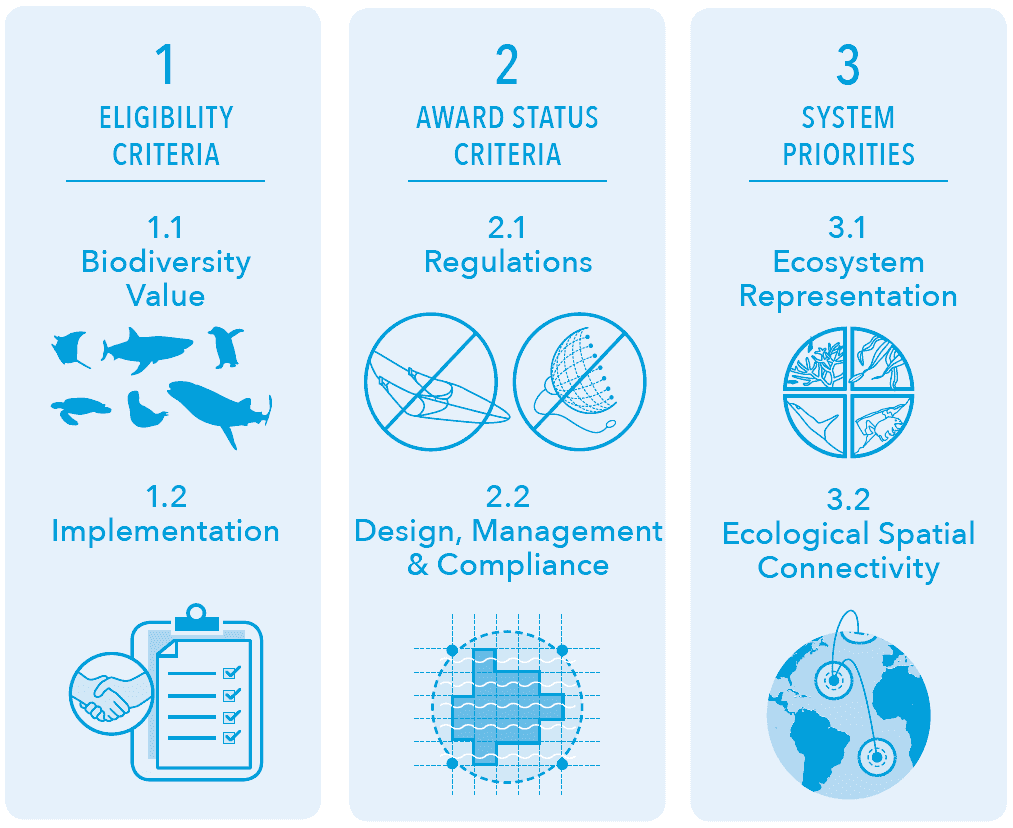
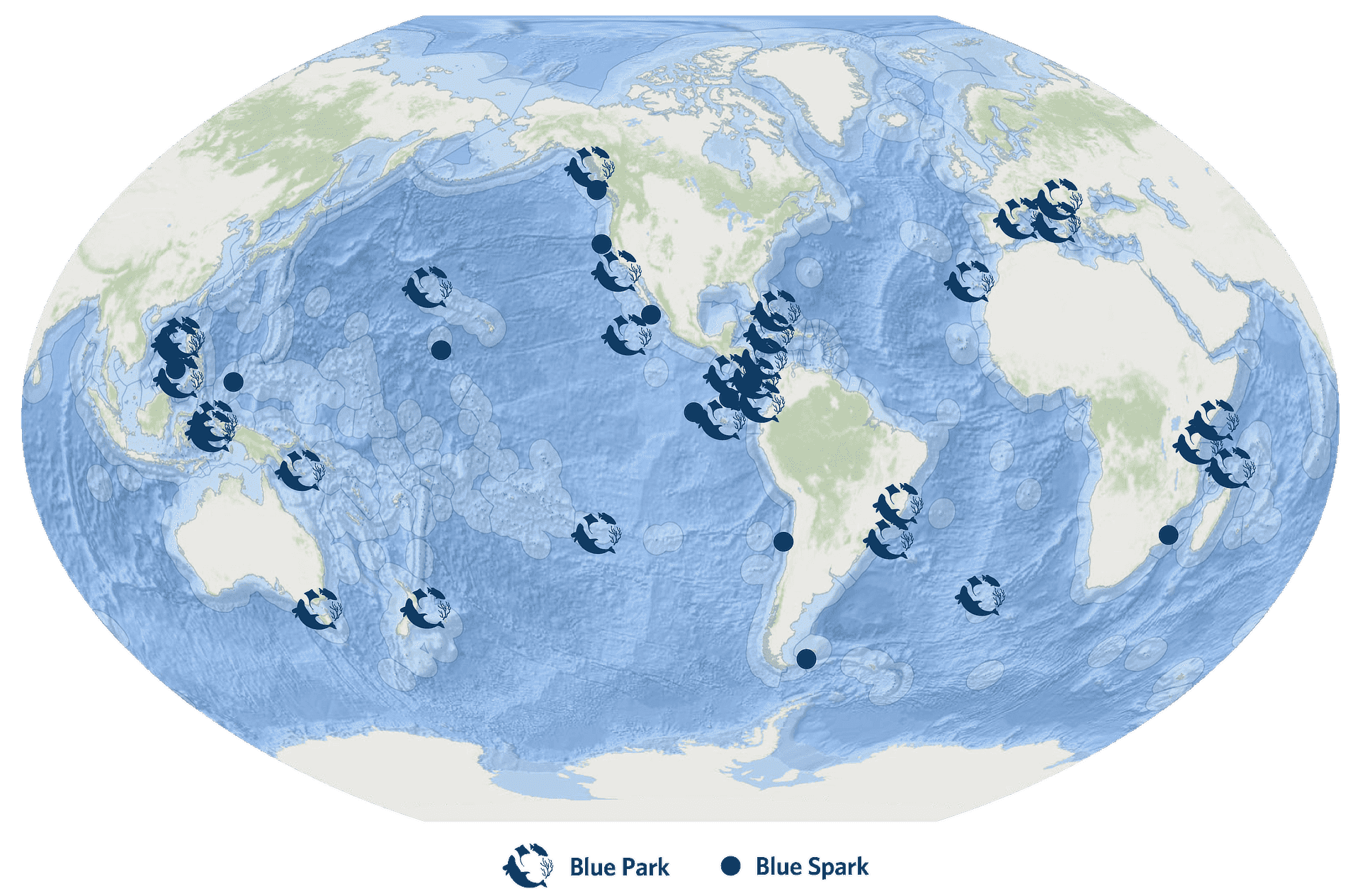
New Blue Parks in 2024
Three marine protected areas (MPAs) won prestigious Blue Park Awards for exceptional marine wildlife conservation at the 9th Our Ocean Conference in 2024. Tristan da Cunha (UK), Gitdisdzu Lugyeks Marine Protected Area (Kitasoo Xai'xais First Nation), and Siete Pecados Marine Park (Philippines) join a growing network of 30 awarded Blue Parks around the global ocean that have met the highest science-based standards for conservation effectiveness. The three new Blue Parks cover a total area of 757,403 square kilometers (292,435 sq. mi.). Their addition brings the Blue Park Network to a total of 3.5 million square kilometers (1,351,358 sq. mi) of ocean area effectively protected in the waters of 23 countries.The Marine Protection Atlas is made possible through the generous support from:
It was created by the Marine Conservation Institute in partnership with Astute Spruce, LLC.
